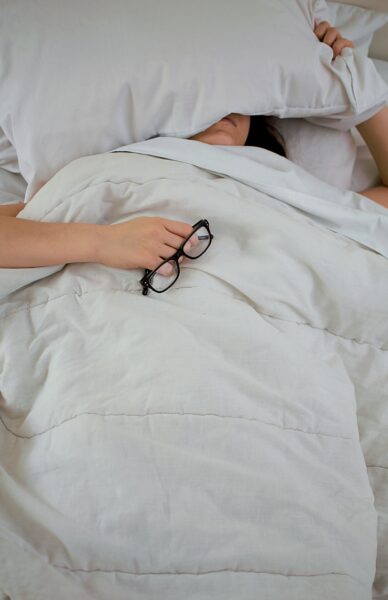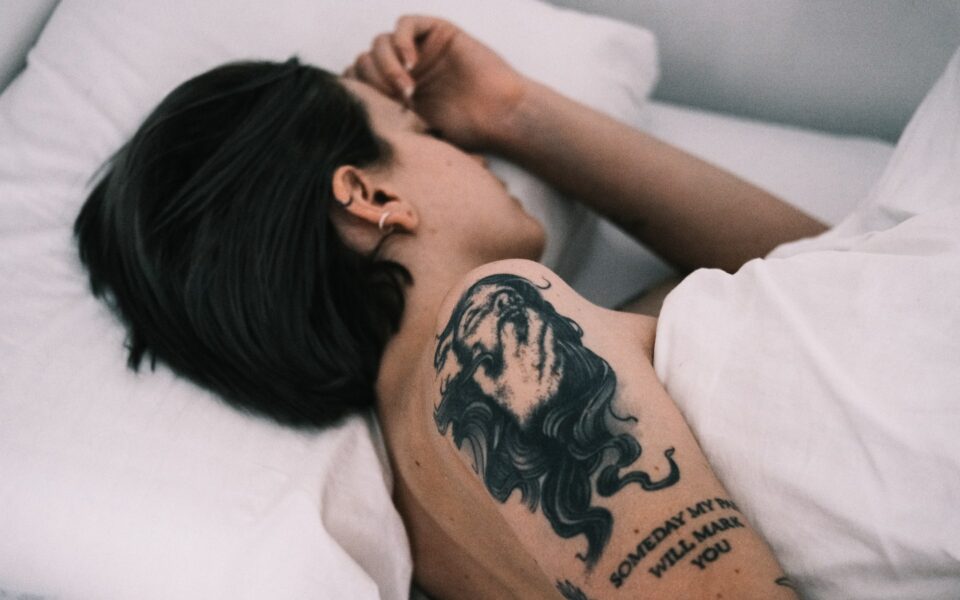Sleep is one of the most important functions for our health. When you are enjoying a good night’s sleep, your body is jumping into physiological action. It is in essence recharging you for the next day of mental and physical activity, a nice mini-vacation for your body. However, many people are not getting the sleep they should be.
There are various factors harming your sleeping patterns but understanding them is difficult considering you’re unconscious. Luckily, the modern world of wearable technology and biohacking tools means you can tap directly into your sleep to monitor patterns and gain an understanding about your shut-eye.
That said, anyone who has tracked their sleep using a device will tell you it’s hardly easy to make sense of the data. In fact, the whole concept of sleep tracking is something many people cannot get their head around. How does biohacking monitor sleep, what metrics are used, is tracking accurate, what does all the data mean, and are sleep tracking devices worth the money?
Wow, that’s a lot of confusion! In this article, we’ll burst through the world between sleep and awake to tell you everything you need to know about sleep trackers.
What Is Sleep Tracking?
All the wearable sleep tracking devices claim to be able to accurately map your nightly activities. However, how some devices achieve this is different from others. Some will constantly monitor your movements (actigraphy to the sleep pro) and track your sleep and wake cycles to give an understanding of when you’re in a deep sleep or not.
Tracking movement
Most basic wearable devices of the fitness tracking variety will monitor sleep by tracking your movement during the night. You may think you’re a heavy sleeper, but the reality is you move around a lot during the night. This is achieved through sensors such as accelerometers, which is also the same technology devices use to track your steps.
Sensitive accelerometers can detect subtle movements during sleep and highlight the moment you fall asleep, how long you’re asleep if you get up, or when you wake. Furthermore, the tracker will be able to understand if you had poor-quality sleep, which would be shown by constant moving and restlessness.

Heart Rate
Newer and more expensive trackers and smartwatches look to give users more data points to extend tracking accuracy. So, alongside regular movement tracking, they also include heart rate monitors that can monitor your beats per minute (BPM), resting heart rate (RHR), and heart rate variability (HRV). Both these metrics return measurements that can define whether you are in a resting state or not.
The result of heart rate monitoring alongside movement tracking means modern newer devices are significantly more accurate.
Tracking blood oxygen
The latest push towards improved sleep data is blood oxygen tracking. This is still new in the smartwatch market and you will need other types of devices to get it. Notably, the new Apple Watch 6 and a couple of Fitbit wearables (Charge and Versa) include an oxygen monitor.
While I think oxygen monitoring is a poor main feature to sell the Apple Watch 6 on, there’s no doubt this metric can provide more accuracy for sleep tracking. By monitoring blood oxygen levels, trackers can pick up disruptions in sleep that are defined by breathing problems, such as snoring.
Making Sense of the Data
One of the most confusing aspects of sleep tracking is understanding the data. Most people do not know what to make of information regarding heart rate and oxygen levels. So, are sleep charts pointless unless you are a medical professional? What do all those lines on graphs mean?
Luckily, the best health apps should be able to process the information and relay it to you in meaningful insights. Instead of just giving the raw data, your chosen service should be telling you what the information means and whether you are having a good night’s sleep. Furthermore, the app should provide actionable recommendations to improve your sleep cycles.
Sleep Tracking Devices
The best activity sleep tracker options are available across a range of device types. Perhaps the most common are traditional wearables like smartwatches. For example, the best Fitbit for sleep tracking will provide all the relevant information as listed above. There are also non-wearable devices that claim to offer the same level of accuracy as the best fitness and sleep tracker.
Non-wearable options come in the form of devices that sit under your mattress. Something like the Withings Sleep is the best device for sleep apnea and is medically approved to track apnea. In many ways, these non-wearable solutions provide a more detailed map of your movements, but they won’t track your heart rate.


